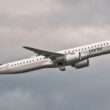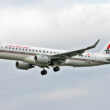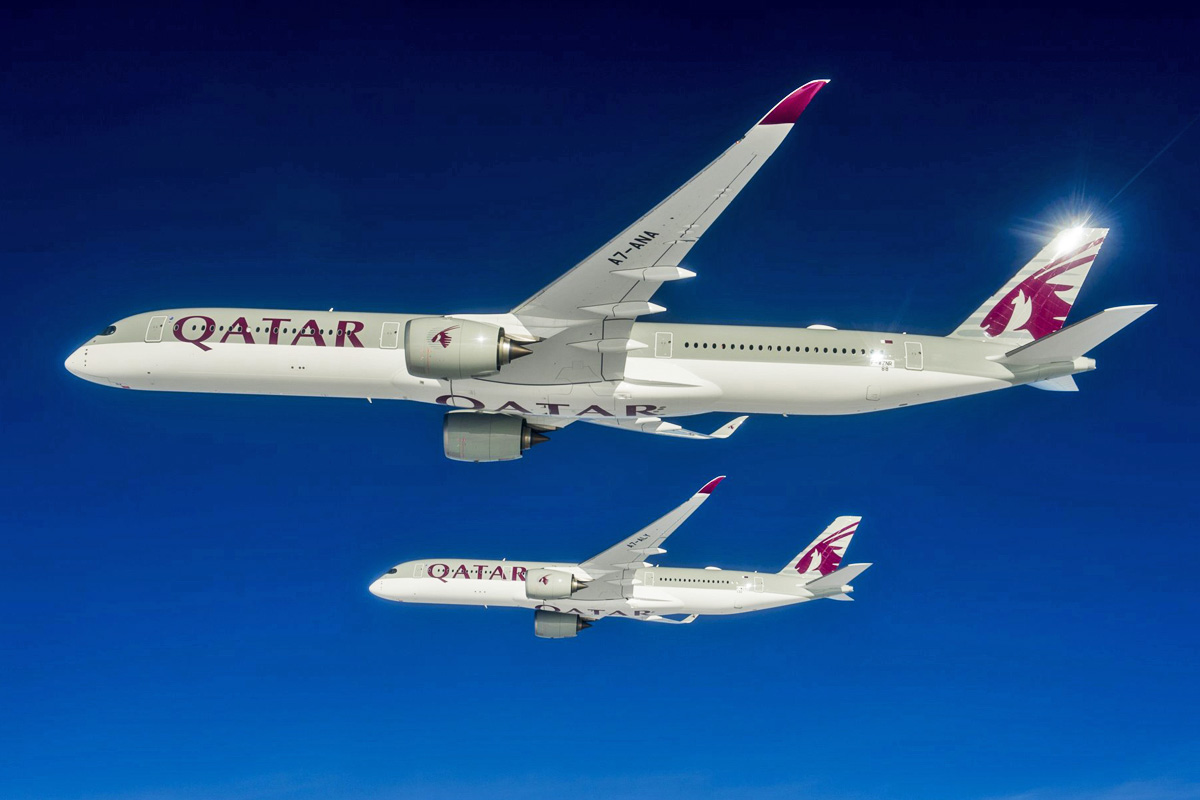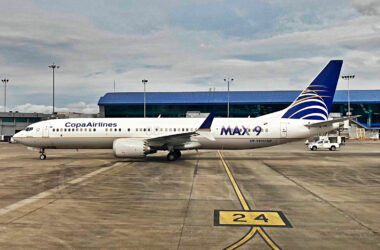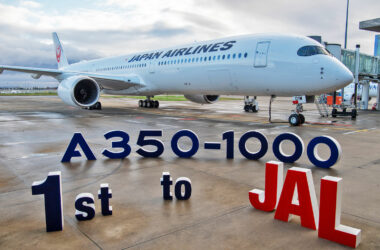Satena (Servicio Aéreo de los Territorios Nacionales) was created in 1962 as a division of the Colombian Air Force (FAC) with the mission of offering air connections in regions of the country not served by airlines.
During its 60 years, Satena has fulfill the task, but the situation may change after the inauguration of leftist president Gustavo Petro last year.
On several occasions, the new Colombian leader has said that Satena should become the country’s flag carrier, despite the existence of Avianca, one of the largest carriers in South America.
Follow ADN: Instagram | Twitter | Facebook
For now, the project is still far from becoming a reality, but Satena is already making plans to expand its flight network and include more international destinations.
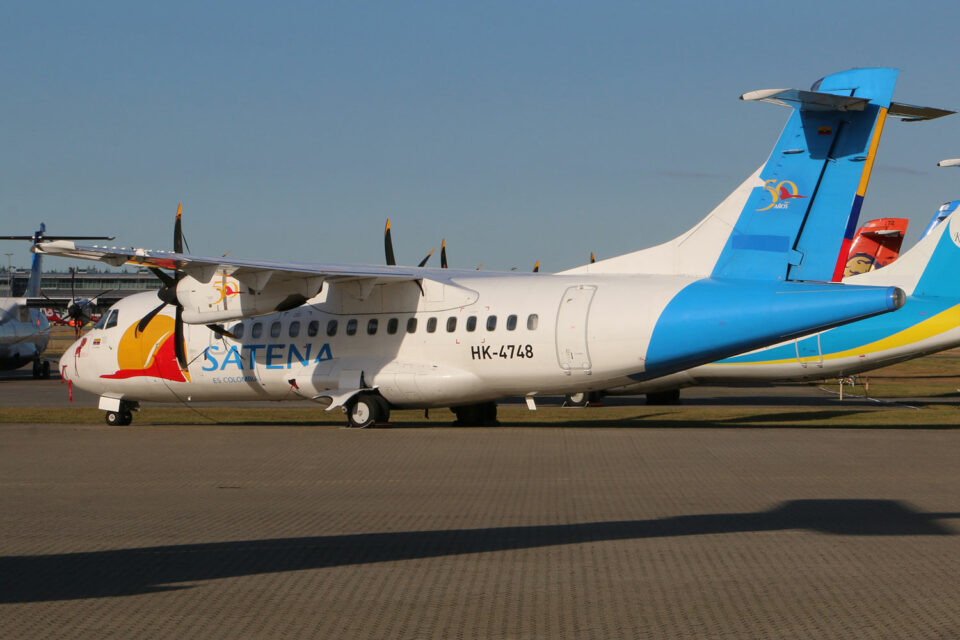
In February, the airline started operating a flight between Bogotá and Caracas, the capital of Venezuela, a country with which it maintained tense relations until the previous, right-wing government.
Recently, the airline’s CEO, General Oscar Zuluaga, announced an investment plan of US$ 80 million to expand and modernize its fleet, according to Reuters.
Most popular posts
[wpp range=’last24hours’ wpp thumbnail_width=100 thumbnail_height=75 limit=3 stats_views=0 order_by=’views’]Currently, Satena has 13 aircraft, eight of which are ATR 42 and two ATR 72 turboprops, in addition to three Embraer ERJ 145 jets.
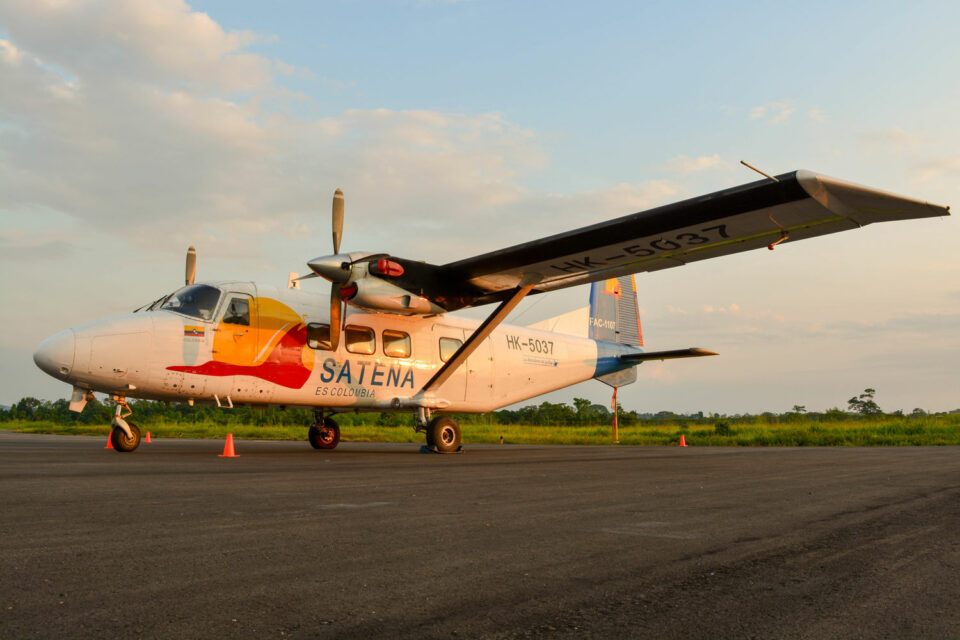
Routes to Ecuador, Peru and Brazil
Among the intended planes are eight twin-engine planes for up to 19 passengers, needed to cover routes to smaller airports, where there is no infrastructure for larger capacity planes.
In addition, Satena will acquire aircraft with 48 seats, but did not specify whether they will be jets or turboprops.
Zuluaga also expressed the intention to establish more international routes to countries such as Ecuador, Peru and Brazil.
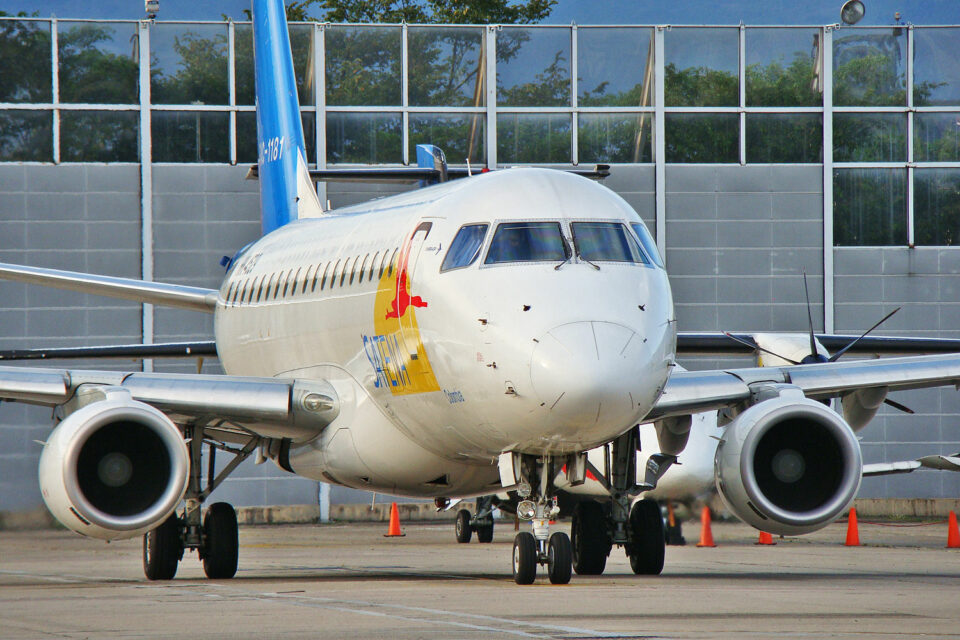
The expansion plans come amid a loss of more than $500,000 in 2022 and also the closure of low-cost airlines in the country such as Viva Air and Ultra Air.
Satena has operated a very diverse fleet in the recent past, which has included Embraer’s E170, the older DC-9 and Dornier 328 and even the Chinese Y-12 turboprop.


